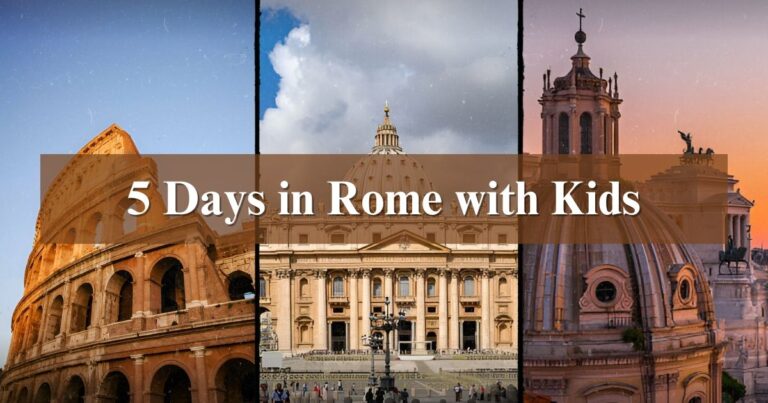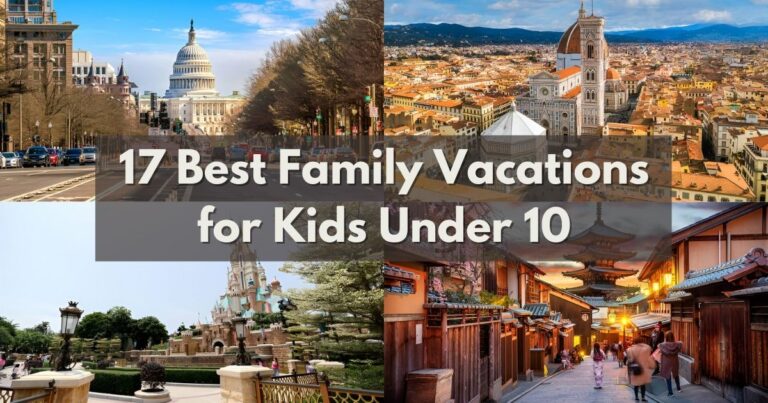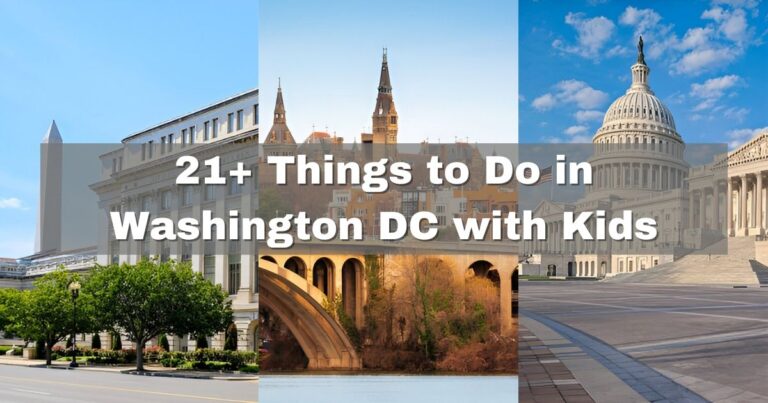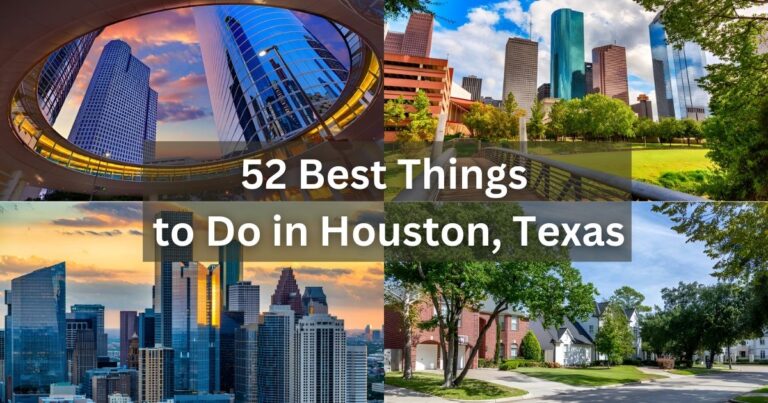5 Days in Cuba Itinerary: A Complete Guide for Your Cuban Adventure
Cuba, the largest island in the Caribbean, is a confluence of rich history, vibrant culture, and stunning natural beauty. From Havana’s colonial architecture and revolutionary landmarks to the tobacco fields of Viñales, Cuba is a country brimming with contrasts and unforgettable experiences. Whether you’re dancing to salsa beats in the streets, taking a leisurely stroll along the iconic Malecón, or lounging on the pristine beaches near Havana, Cuba offers a little something for every traveler.
This comprehensive 5-day itinerary will guide you through the must-see attractions, local cultures, and hidden gems that are bound to make your Cuban adventure unforgettable. Given the short span of five days, we’ll focus on Havana and its nearby attractions — immersing you in culture, history, nature, and relaxation. Ready to explore? Let’s get started.
Day 1: Arrival in Havana and Exploring Old Havana
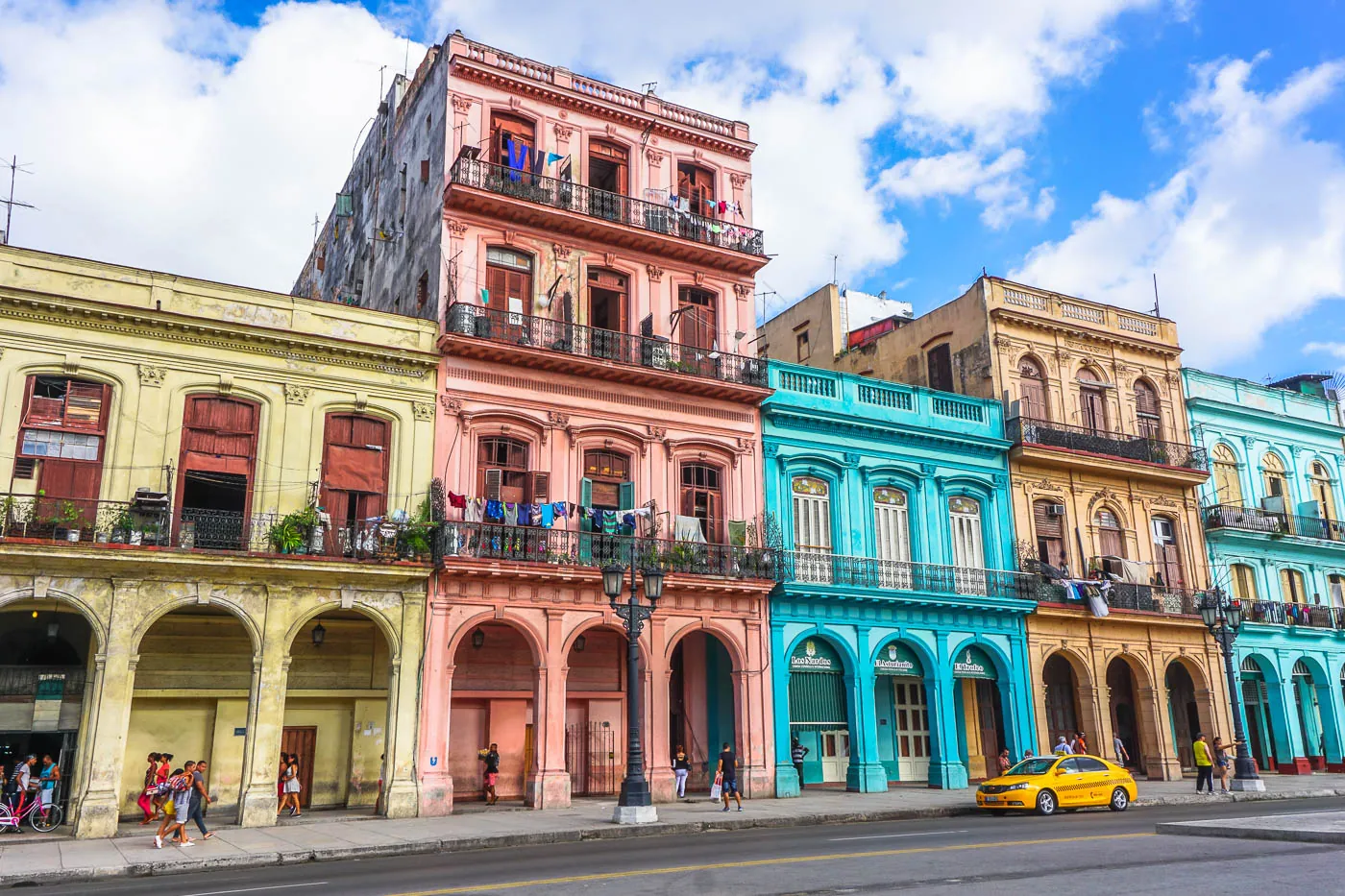
Morning: Arrival and Settling In
Your Cuban adventure kicks off with your arrival at José Martí International Airport in Havana. As soon as you step out of the plane, you’ll feel the vibrant rhythm of Cuba in the warm Caribbean air. Transportation from the airport is flexible, with choices ranging from taxis to classic vintage American cars (a symbol of Cuba’s nostalgic appeal), available just outside the terminal. Opt for a classic ride to your accommodation for an iconic Cuban welcome.
Accommodation
Cuba is known for its unique Casa Particulares (private homestays), which provide an authentic experience of local life. If you’d prefer a more refined stay, boutique hotels within the city offer comfort with a dash of history — restored colonial buildings with exquisite architecture and impeccable service.
Afternoon: Walking Tour of Old Havana
Once settled, it’s time to dive into the heart of Old Havana (Habana Vieja), a UNESCO World Heritage site. Old Havana is an architectural and cultural gem, famous for its vibrant plazas and cobblestone streets, taking you on a journey through time. Start your exploration in the four main plazas:
- Plaza de Armas: The oldest square in Old Havana where book markets mix with historical architecture.
- Plaza de la Catedral: Home to the stunning Catedral de la Habana, an 18th-century baroque cathedral that will leave you awe-struck.
- Plaza Vieja: A postcard-perfect square lined with colonial buildings and bustling cafes.
- Plaza de San Francisco de Asis: Adjacent to Havana Bay, this plaza offers waterfront views and religious landmarks like the Basilica Menor de San Francisco de Asis.
Continue to El Capitolio, Cuba’s version of the U.S. Capitol Building. This iconic monument is one of Havana’s architectural masterpieces, offering a backdrop for perfect panoramic photos.
Conclude the day’s exploration by taking a walk along the Malecón, a seafront boulevard stretching for 8 kilometers from Old Havana to Vedado, where waves crash against the shoreline as vintage cars zoom by, and locals gather to socialize.
Evening: Dinner and Sunset at the Malecón
Cuba’s food culture, while sometimes misunderstood, is rich and flavorful if you know where to look. Enjoy dinner at a local paladar — a family-run restaurant — where you’ll savor local dishes like ropa vieja (shredded beef in tomato sauce) or arroz con pollo (chicken with rice). After dinner, stroll along the Malecón to take in the stunning sunset, a snapshot of urban romance that will transport you to a time when life moved at a slower pace.
Day 2: Discovering Havana’s History and Culture
Morning: Cuban Revolution and Historical Sites
Day two delves deeper into Cuba’s rich and turbulent history, focusing on the Cuban Revolution. Begin your morning at the Museo de la Revolución, housed in the former Presidential Palace. Here, Cuban history unfolds gallery by gallery, complete with insightful exhibits on the rise of Fidel Castro and Che Guevara. Don’t miss the famous Granma Memorial, the vessel that transported Castro and other revolutionaries from Mexico to Cuba to launch their insurrection.
Stroll along to the stunning Bacardi Building, one of Havana’s quintessential examples of Art Deco architecture. This landmark stands as a colorful reminder of the hedonistic era of Cuban rum before the Revolution.
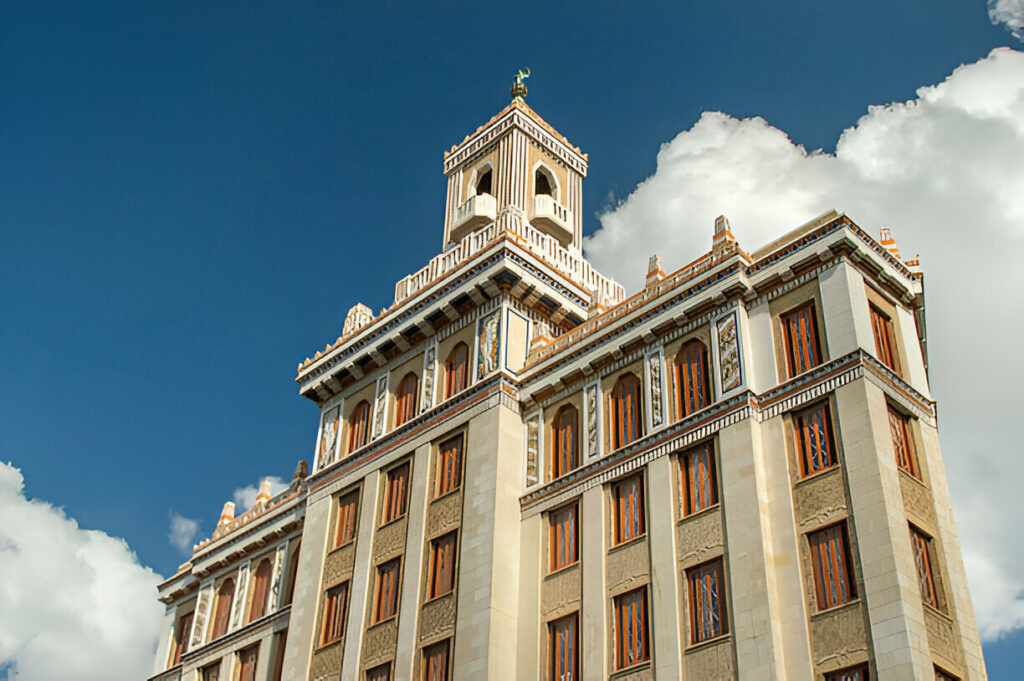
Afternoon: Classic Car Ride and Fusterlandia
In the afternoon, you’ll embark on one of Cuba’s most iconic experiences — a ride in a vintage American car. For those fascinated by this peculiar collection of 1950s Buicks, Fords, and Chevrolets, renting one of these mint-condition vehicles and being whisked away through Havana’s streets offers a one-of-a-kind joyride. Meander through the vibrant streets of Vedado, a more modern district of Havana, and make your way to Fusterlandia.
Fusterlandia is not your typical neighborhood. It is a sprawling, whimsical world crafted by artist José Fuster, who transformed his home and much of the surrounding area into a fantastical mosaic wonderland. The colorful tile-work and Gaudí-like sculptures scattered throughout the area make it both surreal and delightful.
Evening: Plaza de la Revolución
As the afternoon light softens, head to the vast Plaza de la Revolución. This is a historic symbol of political rallies and is dominated by huge murals of Che Guevara and Camilo Cienfuegos, a powerful display of Cuba’s revolutionary history. The space is vast and symbolic, offering an evocative look at the political changes that have shaped the nation.
For the evening, consider attending a cultural performance, whether it’s a salsa show or live Cuban music in one of Havana’s clubs. Cuba is known for its nightlife, and Havana is filled with energy — whether you want to dance till dawn or sip rum cocktails in a laid-back bar.
Day 3: Day Trip to Viñales Valley
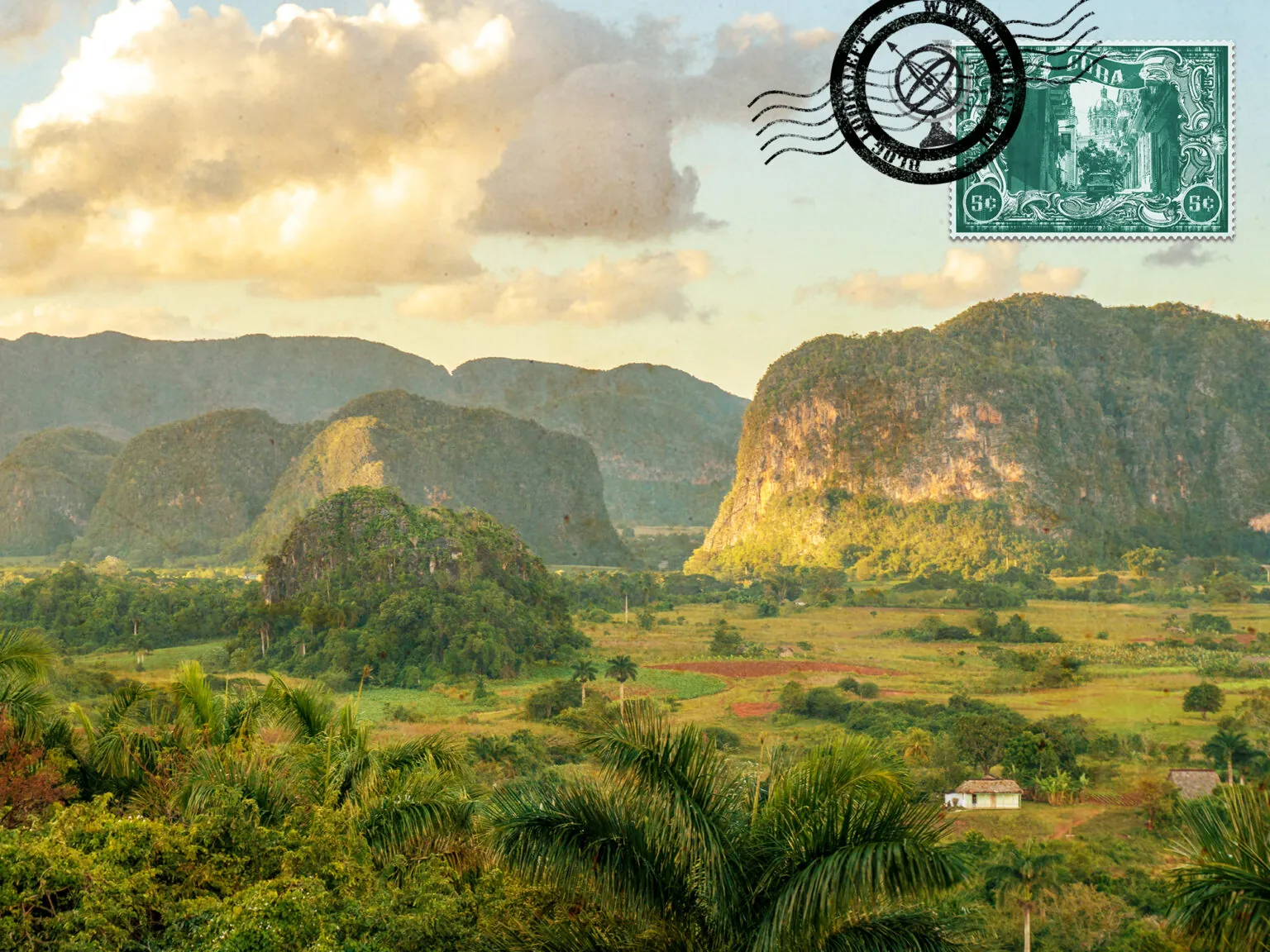
Morning: Travel to Viñales
On the third day, escape the city bustle and head to Viñales Valley, one of the most beautiful regions in Cuba. Located just three hours west of Havana, Viñales offers a tranquil reprieve with lush green valleys, limestone formations (mogotes), and the vibrant local culture of this tobacco-growing region.
Once you arrive in Viñales, you’ll immediately feel the serene contrast to Havana’s urban setting. This is a region famous for producing some of the world’s best cigars, surrounded by fertile, rolling landscapes that will inevitably draw you in.
Afternoon: Exploring Viñales
Tobacco farms are central to the Viñales experience. Visit a traditional farm and learn firsthand how tobacco leaves are cultivated, dried, and rolled into cigars. It’s not just an educational experience but also a sensory one, as you’ll watch farmers crafting cigars before your very eyes and may even sample one yourself.
Next, explore the beauty of Viñales with horseback riding through its lush fields and scenic limestone hills. This is one of the best ways to immerse yourself in the tranquil ambiance of the region.
Not far from town lies Cueva del Indio, a striking limestone cave with an underground river. Take a boat ride within the cave, where you’ll glide through the quiet darkness amid natural rock formations that will leave you in awe.
Evening: Return to Havana
After a day immersed in the rustic beauty of Viñales, head back to the city. A leisurely dinner at a local paladar in Havana is the perfect way to wind down. By now, you’re sure to have your favorite dishes (and maybe even local spots) in mind.
Day 4: Beaches and Nature Near Havana
Morning: Playas del Este – A Beach Day
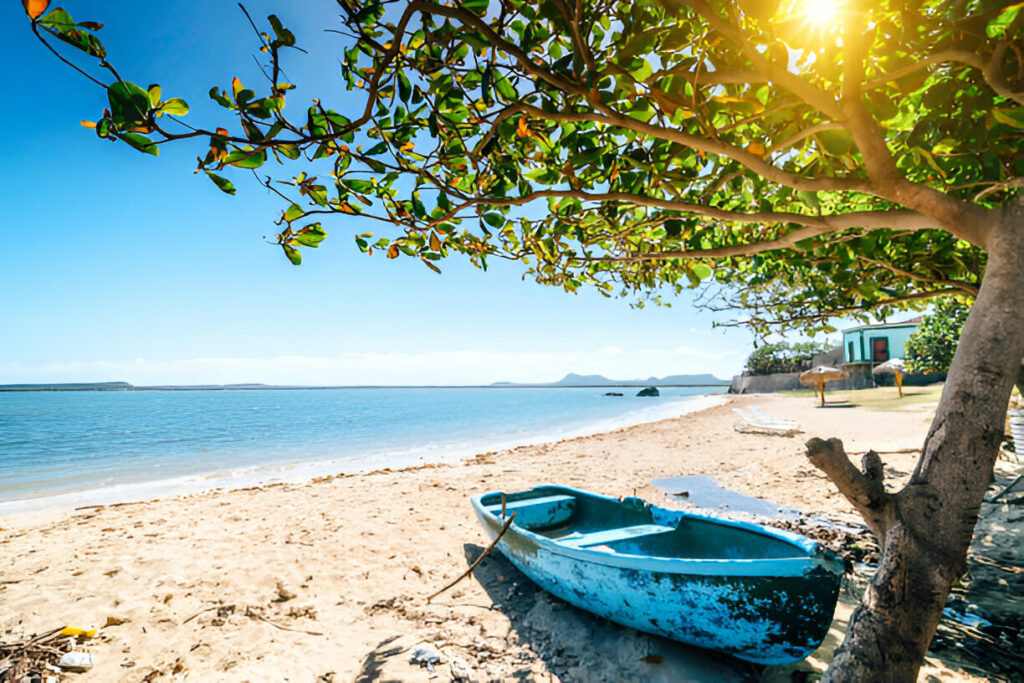
What’s a Caribbean vacation without a beach day? Playas del Este lies just 30 minutes east of Havana — a stretch of beautiful white-sand beaches that offer sun, sea, and the perfect dose of relaxation. Spend the morning at Playa Santa Maria del Mar, a quieter beach with turquoise waters ideal for swimming. Bring your sunscreen, a beach towel, and a good book because this morning is all about unwinding.
For a more adventurous option, snorkeling and catamaran tours can be arranged on some of the nearby beaches, where the vibrant underwater life promises an exhilarating escape into the depths of the ocean.
Afternoon: Explore More of Havana’s Hidden Gems
After a fun morning at the beach, return to Havana to discover some of its lesser-known treasures. Visit the Beyond Roots shop, which specializes in Afro-Cuban crafts and goods, a reflection of the island’s deep African cultural roots. Or take an optional excursion to Finca Vigía, the former home of Ernest Hemingway, situated just outside Havana. This house-turned-museum offers a glimpse into the life of one of the 20th century’s most famous authors.
If you’re more inclined to urban exploration, take this time to wander Havana’s charming streets one last time, maybe even popping into small art galleries or visiting the Museo Nacional de Bellas Artes, which features an excellent collection of Cuban art.
Evening: Sunset at El Cristo de La Habana
Cap off your day with an unforgettable Havana sunset. Take the ferry to Casa Blanca, just across the bay from Old Havana, and walk to the El Cristo de La Habana statue. This towering Jesus Christ figure offers stunning panoramic views of the city. As the sun sets behind the historic cityscape, it’s the perfect spot for reflection and capturing some last-minute photos of Old Havana’s skyline.
Day 5: Leisure Day in Havana or Optional Tours
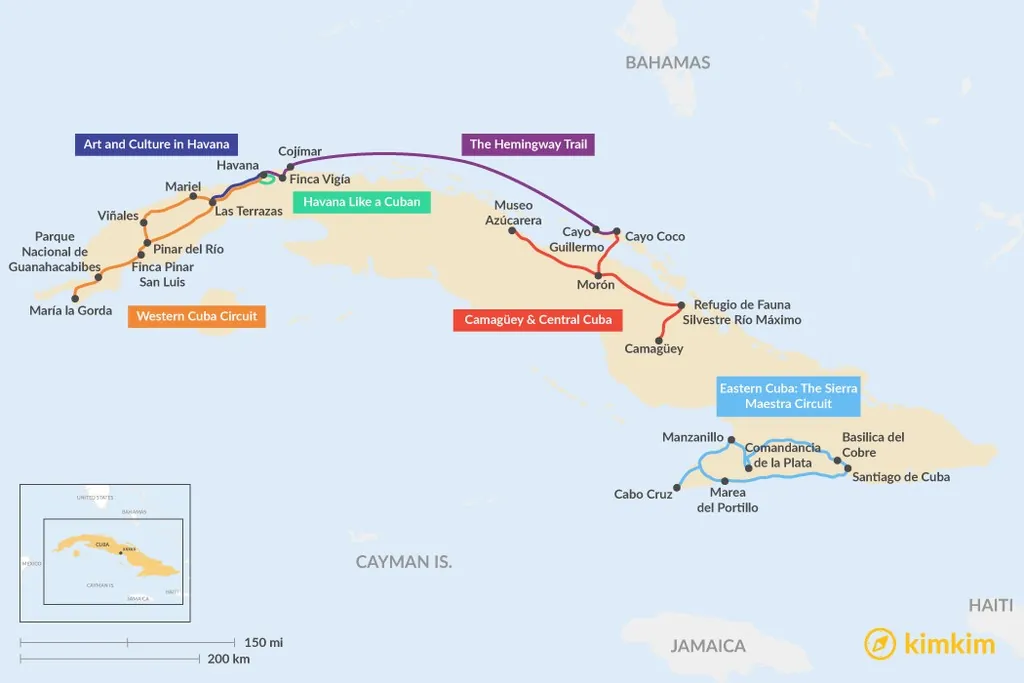
Morning: Leisure Time or Optional Activities
On your final day, you’ll have the chance to soak in the last sights of Havana at a relaxed pace. Spend the morning discovering Havana’s local markets, such as the Almacenes San José Artisans’ Market, where you can purchase handmade souvenirs and artwork by local craftsmen. Alternatively, visit more art galleries or indulge in a Rum & Cigar Tasting tour, where expert guides show you the intersection of craftsmanship in Cuba’s world-famous rum and cigar industries.
For literature buffs, a Hemingway Trail Tour will take you through the places that shaped the author’s time in Cuba, including his favorite hangouts like La Bodeguita del Medio and El Floridita.
Afternoon: Last-minute Shopping and Farewell Lunch
As your trip winds down, now is your last chance to gather some souvenirs, whether it’s Cuban cigars, elegant guayaberas (traditional shirts), or unique Afro-Cuban crafts. For lunch, enjoy farm-to-table dining at renowned spots such as Finca Agroecologica El Paraiso (if you’re still in Viñales) or one of Havana’s buzzing paladares that infuse passion and creativity into Cuban cuisine.
Evening: Departure from Havana
As your trip comes to an end, spend a few final moments walking along the Malecón, enjoying the lazy rhythm of Havana one last time. With your bags packed, take a taxi or vintage car back to José Martí International Airport for your departure, knowing that you’ve experienced the very essence of Cuba in just five days.
Practical Tips for Your Cuba Trip
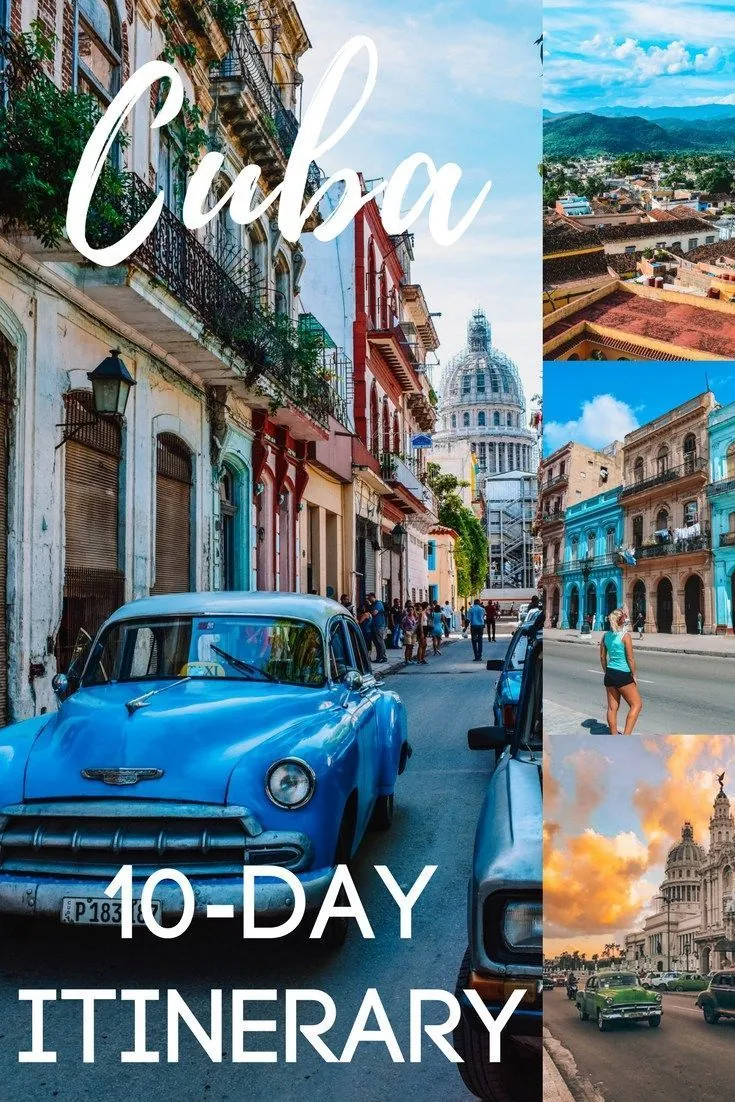
Best Time to Visit Cuba
The best time to visit Cuba is during the dry season from November to April, which brings pleasant temperatures and sunnier skies. The rainy season (May to October) can be hotter with more humidity and occasional hurricanes, so it’s best to avoid this period if you’re moisture-averse.
Currency Exchange and Budgeting Tips
Cuba operates a dual currency system involving the CUP (Cuban Peso). Most travelers, however, find it easier to bring Euros or USD, as CUPs can be challenging to obtain. Make sure to carry enough cash, as U.S. credit cards are generally not accepted, and ATMs may be unreliable depending on your bank.
Transportation Options in Cuba
The most iconic mode of transportation in the cities remains Havana’s classic vintage cars. Aside from these, reliable taxi services, shared taxis (máquinas), and buses are available for both short and long-distance journeys. Buses like Viazul, which provide long-distance trips to places such as Viñales, are recommended for comfort and reliability.
FAQs About Visiting Cuba
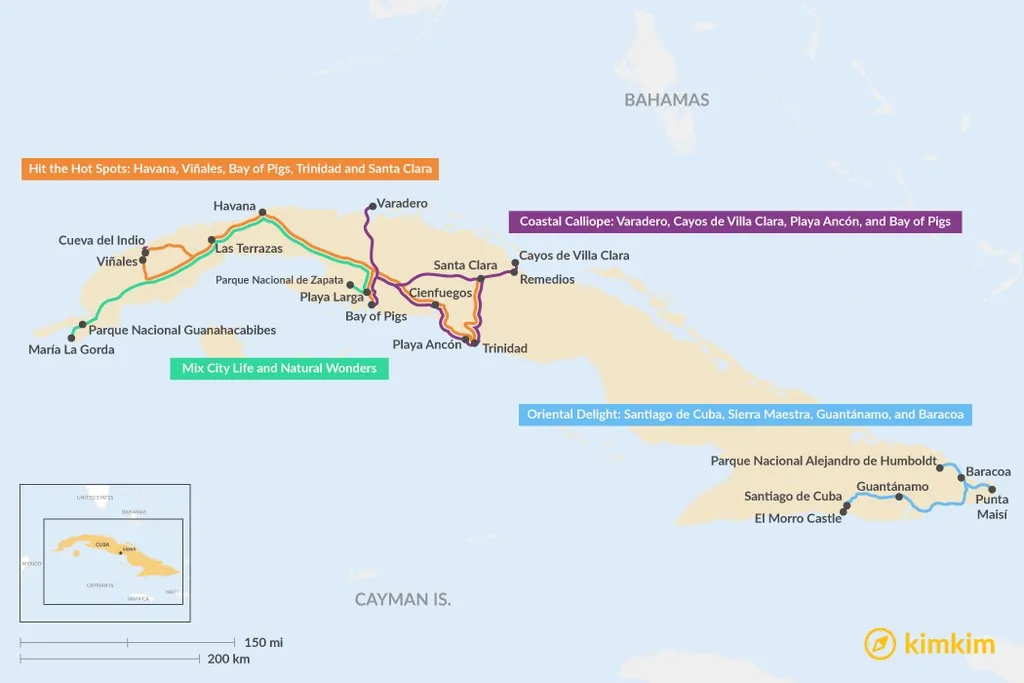
1. What is the best time of year to visit Cuba?
The best time to visit Cuba is between November and April (dry season), when the weather is mild and rainfall is minimal.
2. Do I need a visa to travel to Cuba?
Yes. Most travelers need a Tourist Card (Tarjeta de Turista), which is often available through airlines or travel agents before departure.
3. How much money should I bring for 5 days in Cuba?
On average, you should budget around $50–$100 per day for meals, transportation, and activities. Cash is essential, given the limitations on credit card use.
4. Is it safe to travel around Cuba?
Yes. Cuba is generally safe for tourists. However, as in any travel destination, it’s essential to remain vigilant about petty theft, especially in busy areas.
5. Can I use credit cards in Cuba?
Most U.S.-issued credit cards are unusable in Cuba. Bring enough cash in Euros or USD and exchange at authorized exchange outlets.
6. What are must-see attractions in Havana?
Must-see attractions in Havana include Old Havana’s historic plazas, Malecón, Museo de la Revolución, Fusterlandia, and Plaza de la Revolución.
Conclusion
From the cobblestone streets of Old Havana to the serene tobacco fields of Viñales, Cuba offers travelers a diverse and captivating slice of Caribbean life. This 5-day itinerary allows you to soak in a little bit of everything Cuba has to offer, from its revolutionary history to its world-class beaches and rich cultural experiences. With a mix of relaxation and adventure, the unique contrast between city life and natural beauty will leave an indelible mark on your travel memories. So, pack your bags — the unforgettable island of Cuba awaits!


